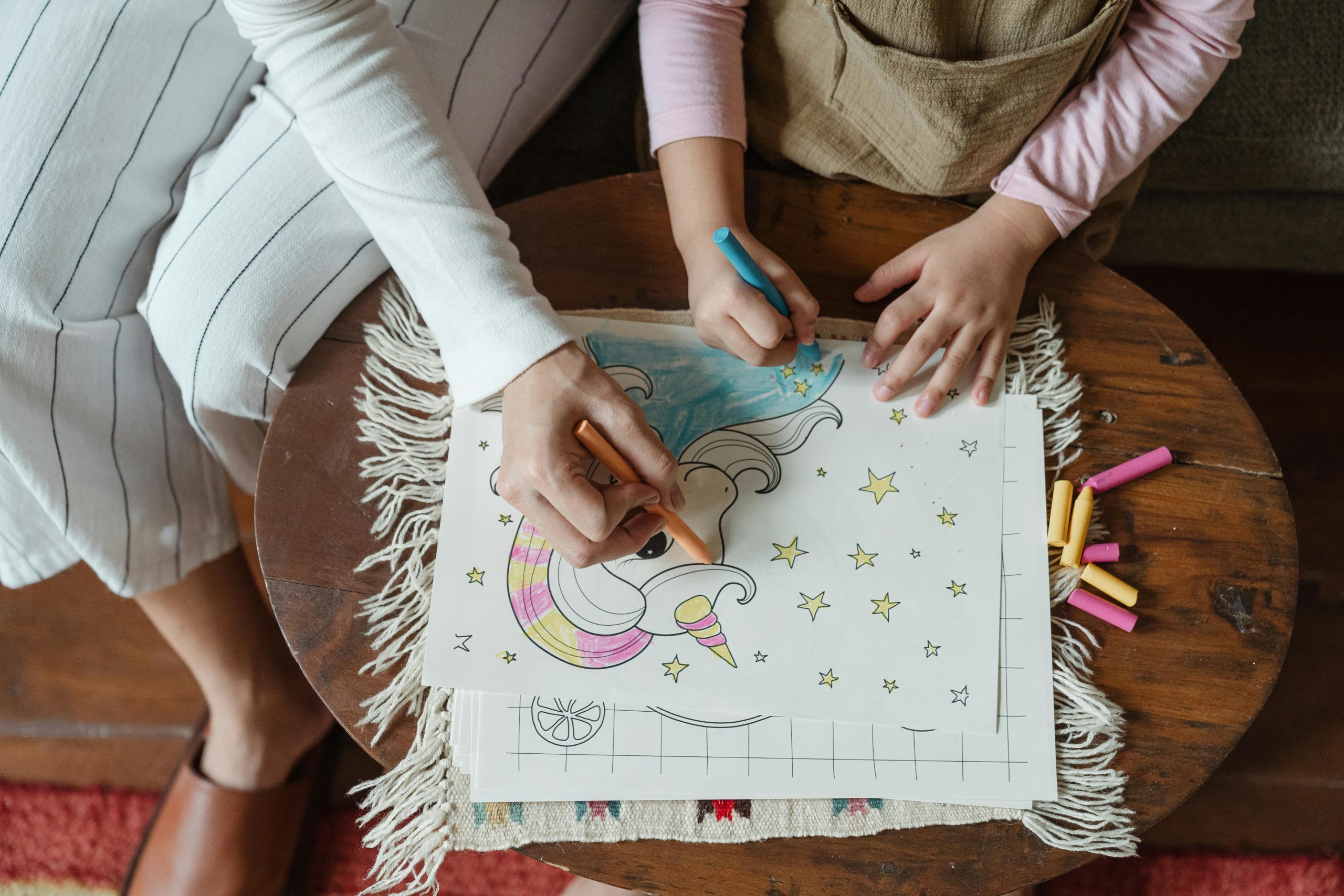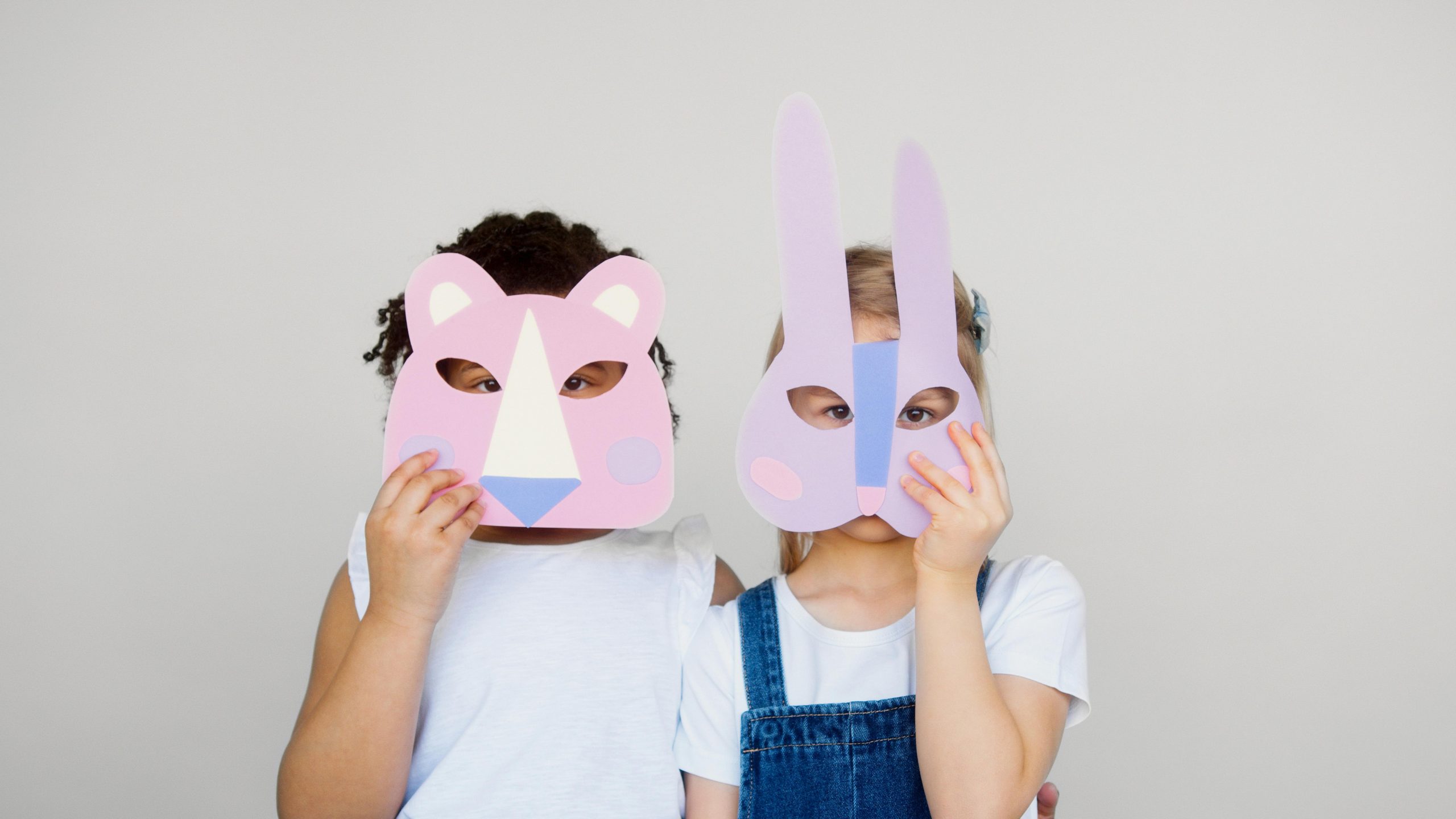- Parents can ignite curiosity by exposing children to diverse artistic experiences.
- Integration of arts into daily life fosters a lifelong appreciation for creativity.
- Access to resources like art supplies and community programs nurtures artistic development.
- Emphasizing the creative process over the end result empowers children.
- Collaboration and cultural exploration enrich children’s understanding and appreciation of the arts.
In a world with a lot of digital distractions, fostering a love for the arts in children has become more important than ever. The arts encompass a wide range of disciplines, from visual arts to music, theater, dance, and literature. Engaging children in artistic activities not only stimulates their creativity but also cultivates important skills such as critical thinking, problem-solving, and empathy. So, how can parents encourage their children to appreciate and participate in the arts? Explore some effective strategies for nurturing a love for the arts in your children here.
1. Lead by Example:

Expose them to diverse artistic experiences:
Parents play a crucial role in shaping their children’s interests and passions. By exposing them to a variety of artistic experiences, such as visiting museums, attending concerts, or watching live performances, you can ignite their curiosity and appreciation for the arts. Encourage discussions about what they see, hear, and feel during these experiences to deepen their understanding and connection to different art forms.
Incorporate arts into everyday life:
Integrate artistic activities into your family’s daily routine. Whether it’s painting together after dinner, singing songs during car rides, or reading bedtime stories aloud, find opportunities to engage your children in creative expression. By making the arts a natural part of their lives, you can instill a lifelong love and appreciation for creativity.
2. Provide Access to Resources:
Create a conducive environment at home:
Set up a dedicated space in your home where your children can explore and create art freely. Stock it with art supplies, musical instruments, books, and other resources that inspire their imagination. Having easy access to these materials encourages spontaneous creativity and experimentation.
Utilize community resources:
Take advantage of local libraries, community centers, and cultural institutions that offer arts-related programs and workshops for children. Many communities also have youth arts organizations or after-school programs where kids can explore different art forms under the guidance of experienced mentors. Additionally, consider enrolling your children in extracurricular classes or lessons, such as painting, dance, or music, to further develop their skills and interests.
Explore opportunities beyond traditional schooling:
Consider alternative educational options such as charter schools, which often place a strong emphasis on the arts as part of their curriculum. Charter schools with specialized arts programs provide students with unique opportunities to immerse themselves in artistic pursuits while receiving a well-rounded education. By exploring these alternative educational pathways, you can find a learning environment that aligns with your child’s interests and values.
3. Encourage Creativity and Self-Expression:

Emphasize process over product:
Encourage your children to focus on the process of creating rather than the end result. Celebrate their efforts, experimentation, and unique perspectives, regardless of the outcome. By fostering a non-judgmental environment where mistakes are viewed as opportunities for learning and growth, you empower them to explore their creativity freely.
Support their interests and passions:
Pay attention to your children’s individual interests and talents, and provide opportunities for them to pursue activities that resonate with them. Whether it’s composing their own music, writing stories, or choreographing dance routines, encourage their creative pursuits and offer guidance and encouragement along the way. By validating their interests and passions, you help build their confidence and sense of self-worth.
4. Engage in Collaborative Projects:
Foster collaboration and teamwork:
Encourage your children to collaborate with their peers on artistic projects and activities. Whether it’s putting on a play with friends, forming a band, or creating a community art installation, collaborative endeavors promote teamwork, communication, and cooperation. They also provide opportunities for children to learn from each other, share ideas, and develop new skills together.
Participate in family art projects:
Engage your family in collaborative art projects that everyone can contribute to. Whether it’s creating a mural, building a sculpture, or writing a story together, these shared experiences strengthen family bonds while fostering creativity and imagination. Encourage open communication and collaboration, and celebrate the unique contributions of each family member.
5. Explore Diverse Cultural Perspectives:
Expose them to a variety of cultural traditions:
Introduce your children to art and culture from around the world to broaden their perspectives and deepen their appreciation for diversity. Attend cultural festivals, explore multicultural exhibits, and seek out literature and music from different cultures. By exposing them to a rich tapestry of artistic traditions, you cultivate empathy, tolerance, and an understanding of global interconnectedness.
Discuss social and historical contexts:
Encourage critical thinking and reflection by discussing the social and historical contexts in which artworks are created. Help your children understand how art reflects and shapes cultural values, beliefs, and identities. By exploring the stories behind the art and its creators, you deepen their understanding and appreciation of its significance.
Nurturing a love for the arts in children is a rewarding journey that requires patience, creativity, and commitment. By leading by example, providing access to resources, encouraging creativity and self-expression, engaging in collaborative projects, and exploring diverse cultural perspectives, parents can help cultivate a lifelong appreciation for creativity and imagination. In a world that often prioritizes academic achievement and standardized testing, the arts offer a vital outlet for self-discovery, expression, and connection. So, let’s empower our children to explore, create, and celebrate the beauty and diversity of the world through the transformative power of the arts.



